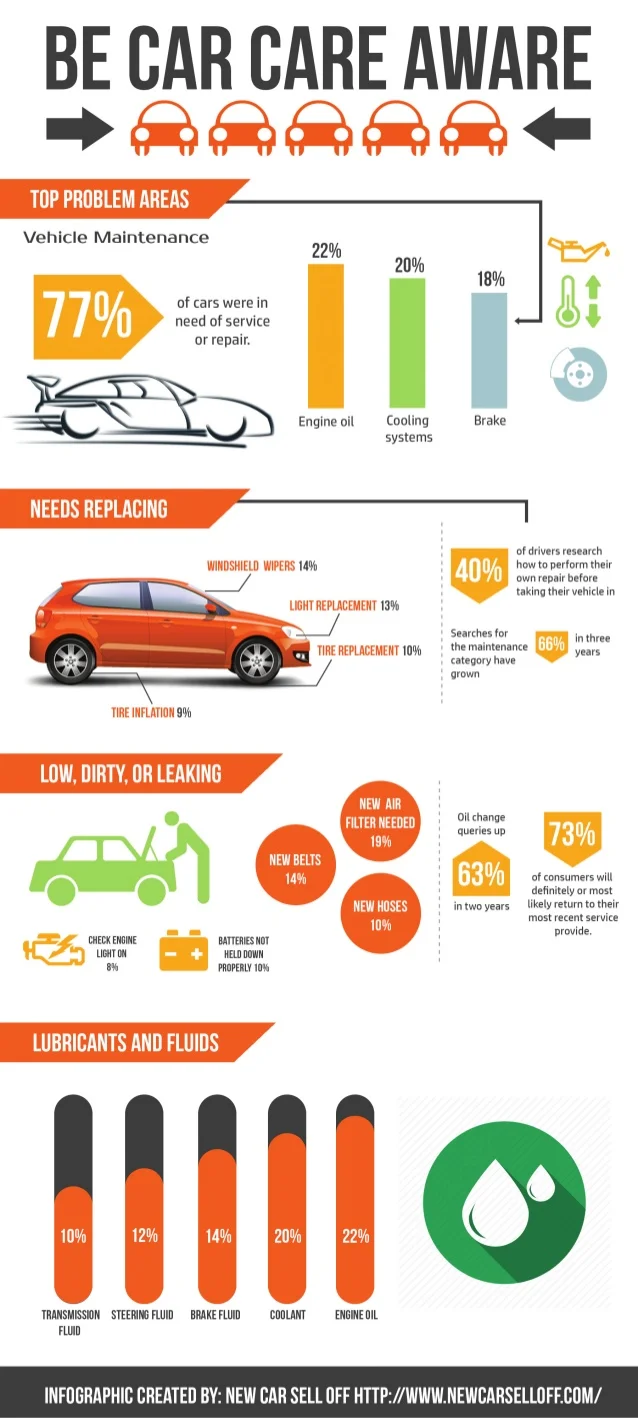Wondering Concerning The Definition Behind Those Dashboard Caution Lights? Gain Insights Right Into Their Effects For Your Vehicle'S Safety And Upkeep
Wondering Concerning The Definition Behind Those Dashboard Caution Lights? Gain Insights Right Into Their Effects For Your Vehicle'S Safety And Upkeep
Blog Article
Published By-Boye Corbett
When you're behind the wheel, those beautiful warning lights on your control panel can be a bit bewildering. Do you understand what they're trying to inform you concerning your automobile's health? Understanding the value of these lights is vital for your safety and security and the longevity of your vehicle. So, the following time among those lights pops up, would not you want to decode its message properly and take the essential steps to resolve it?
Common Caution Lights and Interpretations
Recognize usual caution lights in your car and comprehend their meanings to make sure risk-free driving.
The most common warning lights include the check engine light, which indicates problems with the engine or emissions system. If this light begins, it's vital to have your car inspected quickly.
The oil stress warning light shows low oil stress, calling for instant focus to prevent engine damage.
A flashing battery light may suggest a damaged billing system, possibly leaving you stranded if not resolved.
The tire pressure tracking system (TPMS) light alerts you to reduced tire pressure, impacting vehicle security and fuel effectiveness. Ignoring this can cause unsafe driving problems.
The abdominal muscle light shows an issue with the anti-lock stopping system, compromising your ability to stop rapidly in emergency situations.
Finally, the coolant temperature alerting light warns of engine overheating, which can result in serious damages if not settled quickly.
Understanding these typical warning lights will help you resolve problems without delay and preserve risk-free driving conditions.
Significance of Prompt Attention
Comprehending the typical warning lights in your car is only the primary step; the relevance of without delay resolving these cautions can't be emphasized enough to ensure your safety when traveling.
When a warning light brightens on your control panel, it's your vehicle's means of communicating a prospective concern that needs focus. Overlooking these cautions can bring about more severe problems in the future, endangering your security and potentially costing you extra out of commission.
Prompt attention to advising lights can stop break downs and accidents. As an example, a flashing check engine light can suggest a misfire that, if left ignored, can cause damages to the catalytic converter. Resolving this promptly can conserve you from a pricey repair service.
In a similar way, a brake system cautioning light might signify low brake liquid or used brake pads, crucial parts for your security when driving.
Do It Yourself Troubleshooting Tips
If you observe a caution light on your control panel, there are a few DIY fixing pointers you can try prior to looking for expert assistance.
boat window tinting is to consult your cars and truck's guidebook to understand what the particular caution light suggests. Occasionally the issue can be as easy as a loose gas cap activating the check engine light. Tightening up you can try this out may resolve the trouble.
An additional usual concern is a low battery, which can cause various warning lights. Examining the battery links for deterioration and ensuring they're secure could repair the problem.
If a caution light persists, you can try resetting it by separating the car's battery for a couple of mins and then reconnecting it. In addition, checking your automobile's fluid degrees, such as oil, coolant, and brake fluid, can help troubleshoot advising lights related to these systems.
Verdict
Finally, recognizing your car's warning lights is vital for maintaining your vehicle running smoothly and securely. By quickly addressing these informs and recognizing what they suggest, you can avoid costly fixings and potential malfunctions.
Bear in mind to consult your car's handbook for certain information on each warning light and act appropriately to make sure a hassle-free driving experience.
Remain informed, remain risk-free when driving!
